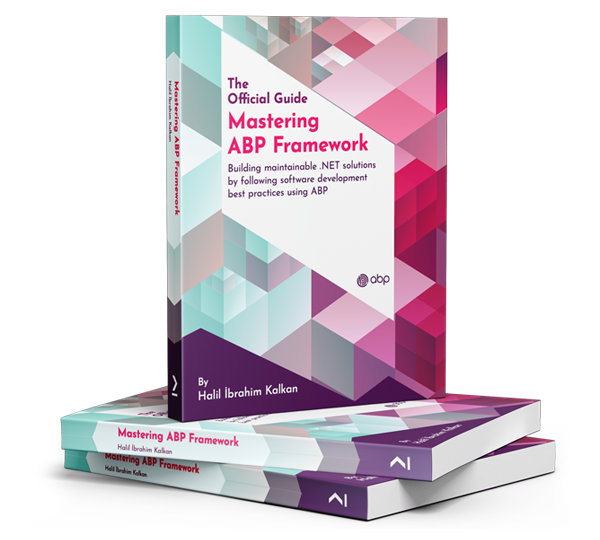- ABP Framework version: v7.2
- UI type: Angular
- DB provider: EF Core
Hello, I need to extend the IdentityUser just for the tenants, I'm using the EfCoreEntityExtensionMappings class but when I run the migration I get an error because I assume that one of the foreign keys to a table that only exists in the tenant databases is not present in the host. How can I just extend the IdentityUser just for the tenants?
Extension mapping code here:
using CompuCare.Entities;
using Microsoft.EntityFrameworkCore;
using Volo.Abp.Identity;
using Volo.Abp.ObjectExtending;
using Volo.Abp.Threading;
namespace CompuCare.EntityFrameworkCore;
public static class CompuCareEfCoreEntityExtensionMappings
{
private static readonly OneTimeRunner OneTimeRunner = new OneTimeRunner();
public static void Configure()
{
CompuCareGlobalFeatureConfigurator.Configure();
CompuCareModuleExtensionConfigurator.Configure();
OneTimeRunner.Run(() =>
{
ObjectExtensionManager.Instance
.MapEfCoreProperty<IdentityUser, string>(
"SSN",
(entityBuilder, propertyBuilder) =>
{
propertyBuilder.HasMaxLength(9);
}
)
.MapEfCoreProperty<IdentityUser, int?>(
"DoctorId",
(entityBuilder, propertyBuilder) =>
{
propertyBuilder.IsRequired(false);
entityBuilder.HasOne(typeof(Entities.Doctor))
.WithMany()
.IsRequired(false);
}
)
.MapEfCoreProperty<IdentityUser, int?>(
"TypeId",
(entityBuilder, propertyBuilder) =>
{
propertyBuilder.IsRequired(false);
entityBuilder.HasOne(typeof(Entities.Type))
.WithMany()
.IsRequired(false);
}
);
});
}
}
Migration that was created:
using Microsoft.EntityFrameworkCore.Migrations;
#nullable disable
namespace CompuCare.TenantMigrations
{
/// <inheritdoc />
public partial class IdentityUserExtraProperties : Migration
{
/// <inheritdoc />
protected override void Up(MigrationBuilder migrationBuilder)
{
migrationBuilder.AddColumn<int>(
name: "DoctorId",
table: "AbpUsers",
type: "int",
nullable: true);
migrationBuilder.AddColumn<string>(
name: "SSN",
table: "AbpUsers",
type: "nvarchar(9)",
maxLength: 9,
nullable: true);
migrationBuilder.AddColumn<int>(
name: "TypeId",
table: "AbpUsers",
type: "int",
nullable: true);
migrationBuilder.CreateIndex(
name: "IX_AbpUsers_DoctorId",
table: "AbpUsers",
column: "DoctorId");
migrationBuilder.CreateIndex(
name: "IX_AbpUsers_TypeId",
table: "AbpUsers",
column: "TypeId");
migrationBuilder.AddForeignKey(
name: "FK_AbpUsers_Doctors_DoctorId",
table: "AbpUsers",
column: "DoctorId",
principalTable: "Doctors",
principalColumn: "Id");
migrationBuilder.AddForeignKey(
name: "FK_AbpUsers_Types_TypeId",
table: "AbpUsers",
column: "TypeId",
principalTable: "Types",
principalColumn: "Id");
}
/// <inheritdoc />
protected override void Down(MigrationBuilder migrationBuilder)
{
migrationBuilder.DropForeignKey(
name: "FK_AbpUsers_Doctors_DoctorId",
table: "AbpUsers");
migrationBuilder.DropForeignKey(
name: "FK_AbpUsers_Types_TypeId",
table: "AbpUsers");
migrationBuilder.DropIndex(
name: "IX_AbpUsers_DoctorId",
table: "AbpUsers");
migrationBuilder.DropIndex(
name: "IX_AbpUsers_TypeId",
table: "AbpUsers");
migrationBuilder.DropColumn(
name: "DoctorId",
table: "AbpUsers");
migrationBuilder.DropColumn(
name: "SSN",
table: "AbpUsers");
migrationBuilder.DropColumn(
name: "TypeId",
table: "AbpUsers");
}
}
}
7 Answer(s)
-
0
hi
Can you share a simple project? liming.ma@volosoft.com
-
0
I cannot share my project and will take too long to create a sample with the right conditions. My use case is very simple: Is it possible to tell the ObjectExtensionManager that the mappings are just for the Tenant and not for the host? Just like when creating the model builder.SetMultiTenancySide(MultiTenancySides.Tenant);
Or is there any other way to add the additional columns to the AbpUsers table?
-
0
hi
The ObjectExtensionManager work on globally, Doesn't support the
MultiTenancySidenow. -
0
Ok, so if I wanted to add a foreign key in the AbpUsers to another table, that table must exist in the Host and the Tenant databases, right? BTW, I have the host and tenant DbContexts separated.
-
0
Yes, because
AbpUserstable exists in both the host and tenant database. -
0
One more questions: What do I have to do to merge the host and the tenant DbContext, so basically not to separate the host from the tenant databases.
-
0
You can create a project which not separate dbcontext and copy the code.

























































